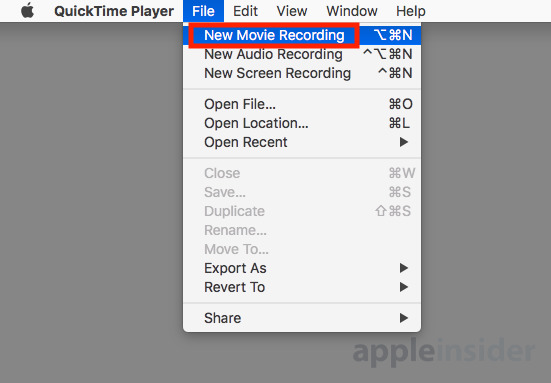

Rather than requiring an immediate restart, a lot of it takes place as soon as you double-click the installer. The Snow Leopard installation process is somewhat different from previous OS X installers. (Snow Leopard doesn’t run at all on PowerPC-based Macs.) Users of Tiger–essentially people who bought Intel Macs before Leopard was released, and never upgraded–are supposed to purchase the Mac Box Set, which includes Snow Leopard, iLife ’09, and iWork ’09, for $169. If you are a Leopard user, you can upgrade a single Mac for $29, or up to five Macs in one household with the Snow Leopard Family Pack for $49.
#Mac osx quicktime player volume cuts out mac os
Unlike previous editions of Mac OS X, which could be freely installed on any old Mac, Snow Leopard’s license specifically limits it to users who are already using Leopard, which has been shipping since October 2007. (And that upgrade, the aged among us will recall, was completely free.) Making the Upgrade
#Mac osx quicktime player volume cuts out mac os x
These features, combined with the low upgrade price of $29, make Snow Leopard the biggest no-brainer of an upgrade since Mac OS X 10.1. The result is a Mac OS X update unlike any in recent memory, one that boosts speeds, reclaims disk space, tweaks dozens of features, and lays the groundwork for a new generation of computers that feature 64-bit multicore microprocessors, ultrapowerful graphics processors, and massive amounts of memory.


Instead of adding hundreds of new features, Apple has chosen to use Snow Leopard to cut ties with the past, plan for the future, and take dead aim on its present competition. But after a decade of constant advancement and regular operating-system upgrades, Apple has taken a pause with the release of Snow Leopard, also known as Mac OS X 10.6. Apple has spent the last decade building and improving Mac OS X, fusing the classic Mac OS and technology acquired from Steve Jobs’s Next into an impressive mainstream operating system that’s widely considered the best in its class.


 0 kommentar(er)
0 kommentar(er)
